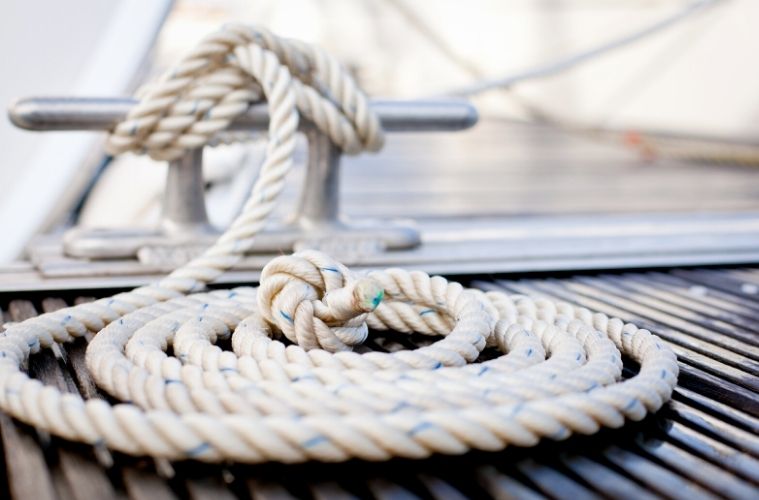With the winter months arriving and the temperature steadily approaching freezing, it’s time to bring your boat in for storage until the summer months return. This can be a tedious process, but very necessary. To try and make it as painless as possible, here’s how to prepare your boat for winter storage.
One Last Ride
Run your boat one more time and make a thorough check of how well it’s running. Check for any abnormalities in your engine and cracks in the hull. Make sure all the boat’s instruments are functioning properly. If there are any damages or issues, address them right away, as they’ll become worse the longer they’re neglected.
Drain and Clean
After running your boat, it’s time to take it out of the water. Once you have, drain the bilge, water tanks, head, and pipes. This will prevent leftover water sitting in the boat and freezing, which can cause damage. Once your boat is adequately drained, you’ll spray the bilge and water tanks with antifreeze. Afterward, clean your boat’s surfaces thoroughly inside and out to remove any barnacles or plant life.
Winterize the Engine
The most important part of preparing your boat for winter is the engine. Flush it out with fresh water to remove salt, dirt, and corrosion. Refill the coolant system with antifreeze. When you’re replacing the oil and filters of your engine, be on the lookout for a “milky” aspect to the old oil, as that indicates water intrusion. Finally, remove the belts so they don’t snap due to tension and top off your fuel tank with a mix of fuel stabilizer.
Lubricate and Maintain
After your boat is clean and your engine is winterized, you’ll want to maintain and lubricate any moving parts on your boat so they don’t rust. A major piece vulnerable to rust is the propeller of your boat. If your propeller does rust or you notice any damage, you’ll need to have it replaced or upgraded.
Remove and Charge Battery
Take out the battery from your boat and completely charge it before cleaning the battery’s terminals and lightly coating them with grease (including the battery cables.) Once your battery is charged and refreshed, keep it stored in a warm and dry spot. It won’t go back into your boat until springtime.
Cover the Boat
Cover your boat with a weather-resistant cover to avoid damage (especially if you store your boat outside). If your boat has exhaust ports, cover those as well to avoid debris and pests clogging the pipes up. If you’re storing the boat indoors, which is recommended, place a dehumidifier nearby and try to tilt the bow upwards to encourage draining if necessary.

